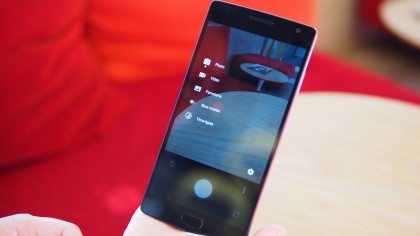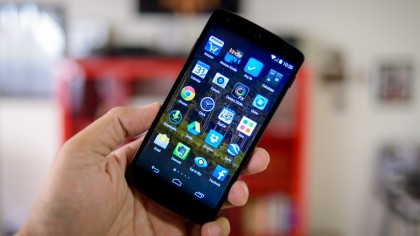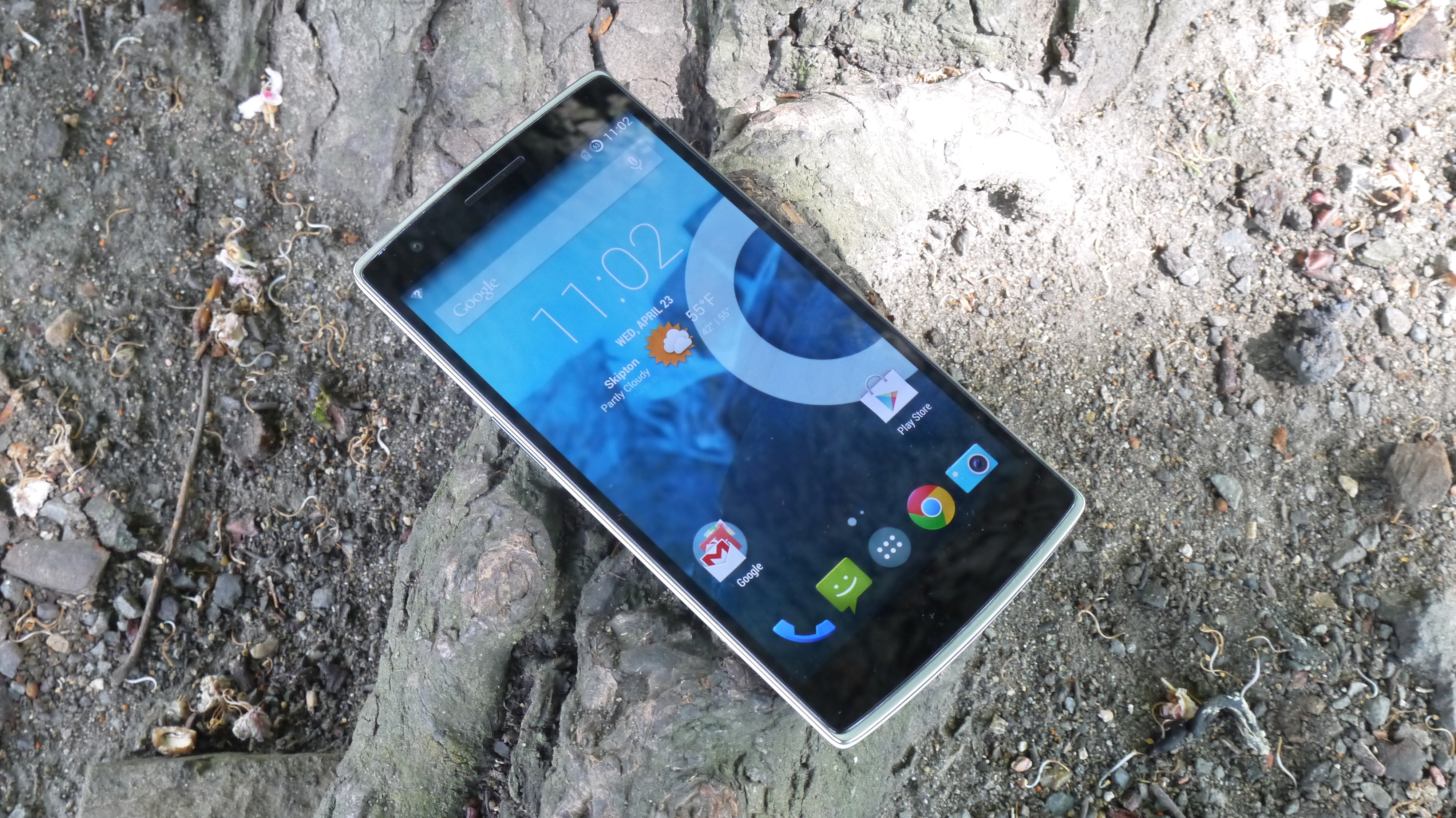Why you can trust TechRadar
OnePlus 2
Now that the long awaited OnePlus 2 has been announced the OnePlus One has some serious competition from its younger sibling, as OnePlus will again be pitching its new smartphone at an impressively low price.
So how do they stack up against each other? From a design point of view both handsets are similar with the same classic sandstone black finish, though the OnePlus 2 now has a fancy metal frame surrounding its edges.

The OnePlus 2 also comes with a reversible USB-C port, which will make charging and data transfer via USB faster and more convenient.
Both the OnePlus One and OnePlus 2 share the same screen as well, with a 5.5-inch LCD display and 1080p resolution.
Where the OnePlus 2 really breaks away from its predecessor is with its hardware, with the flagship SnapDragon 810 SoC replacing the older Snapdragon 801 of the OnePlus One.
The octa-core Snapdragon 810 is 64-bit ready and is runs with four cores at 2Ghz and the other four at 1.5Ghz. A huge 4GB of RAM powers the OnePlus 2, compared to 3GB in the OnePlus One, and the graphics capabilities of the OnePlus 2 have been boosted as well.
This means there's plenty of reasons to pay a bit more and get the OnePlus 2 over the OnePlus One, however the release of the newer handset has made the OnePlus One even cheaper - and easier to get hold of thanks to OnePlus ditching the invite system for the older handset.
Google Nexus 5
Google's flagship smartphone is arguably the OnePlus One's main rival in terms of offering high(ish)end specs for a sub-£300 price.
Unfortunately for the Nexus 5, it's both more expensive and less capable than this upstart rival. What once looked like a complete bargain at £299 now looks a little overpriced.

The Nexus 5 is still a great phone, but its Snapdragon 800 is a little older and less capable than the OnePlus One's Snapdragon 801, it's got a third less RAM, and its 8MP camera is inferior to the OnePlus One's 13MP unit.
Just about the only thing going in the Nexus 5's favour here is that its stock Android OS is a little more solid and consistent, and was one of the first to be upgraded to the next version, Android 5.0 Lollipop.
But then you also miss out on CyanogenMod's unique tweaks and modifications.
Motorola Moto X
Another phone that offers a highclass Android experience for not an awful lot of money, the Moto X can be had for less than £300 these days. The trouble is, it's still more expensive than the OnePlus One, and it's significantly less capable - at least on paper.
The Moto X runs on an ageing dualcore Snapdragon S4 Pro CPU, sports a smaller 720p display (though some will find that more manageable), and comes with a mediocre 10MP camera.

Of course, the Moto X was never about the raw specs. Instead, it's a classy phone that feels great in the hands and gets the most out of its modest specs. It also benefits from some truly useful and innovative Motorola software enhancements.
It's these differences in approach that arguably make the Moto X a better alternative pick than the directly comparable Nexus 5.
Nokia Lumia 1520
Here's another premium large-screen smartphone that undercuts its high-end rivals on price while offering plenty of standout features.
The Nokia Lumia 1520 runs on Windows Phone 8.1, a slick and heavily stylised mobile OS. It's really the only other choice for those bored of Android and iOS, but it sits at the opposite end of the spectrum to the heavily tweakable CyanogenMod found on the OnePlus One.

As a handset the 1520 is very capable indeed, with a gorgeous 6-inch 1080p display (even larger than the OnePlus One) and a quad-core Snapdragon 800 CPU, the slight inferiority of which is irrelevant thanks to that efficient Microsoft OS.
Crucially for some, the Nokia Lumia 1520 has a much better 20MP camera. Having said all that, the deciding factor could be price, with the Lumia 1520 still more expensive.
